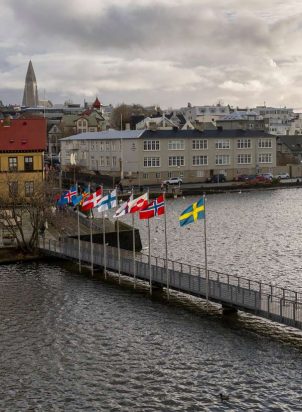Why does the contemporary Nordic welfare state lack affordable housing?
Nordic cities are segregated, and new housing development, application of diverse forms of tenure, and housing subsidies are examples of tools that can either worsen or reduce segregation, depending on how they are used.
The focus of this publication is primarily on new building for low-income and vulnerable groups, often referred to in English as ‘affordable housing’, that is, housing for groups on the market’s periphery who suffer from high barriers. The financial aspects of housing are central, especially as regards new-building costs, subsidies, social housing models, and affordability.
The market seems unable, on its own, to supply enough suitable housing for students, young people, low-income groups, and newly arrived immigrants, among others. This is of political interest since it challenges the whole idea of the Nordic welfare model, and social cohesion and equality as characteristics of the Nordic region.
This report is the result of work done for the thematic group Sustainable Cities and Urban Development.




